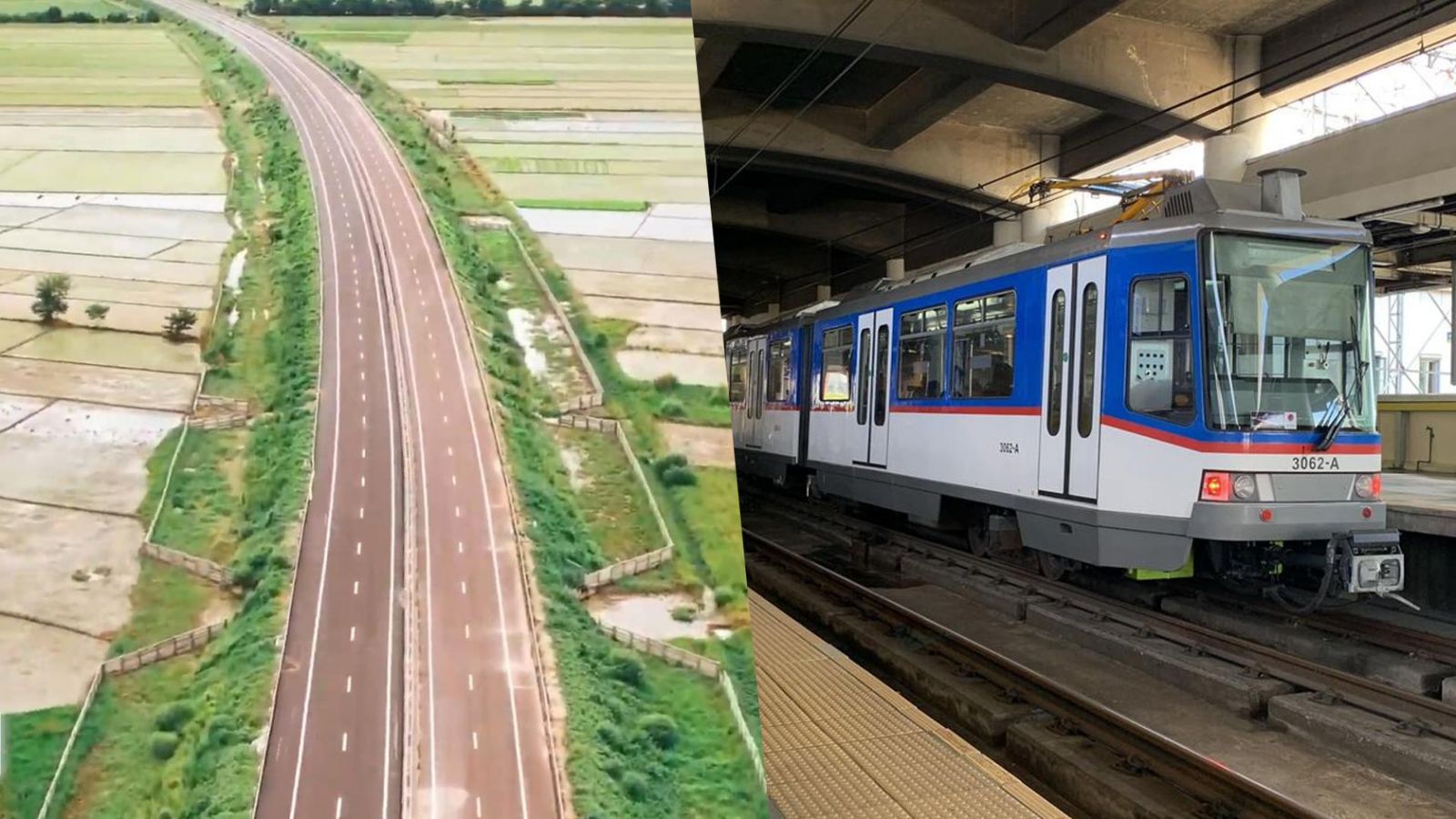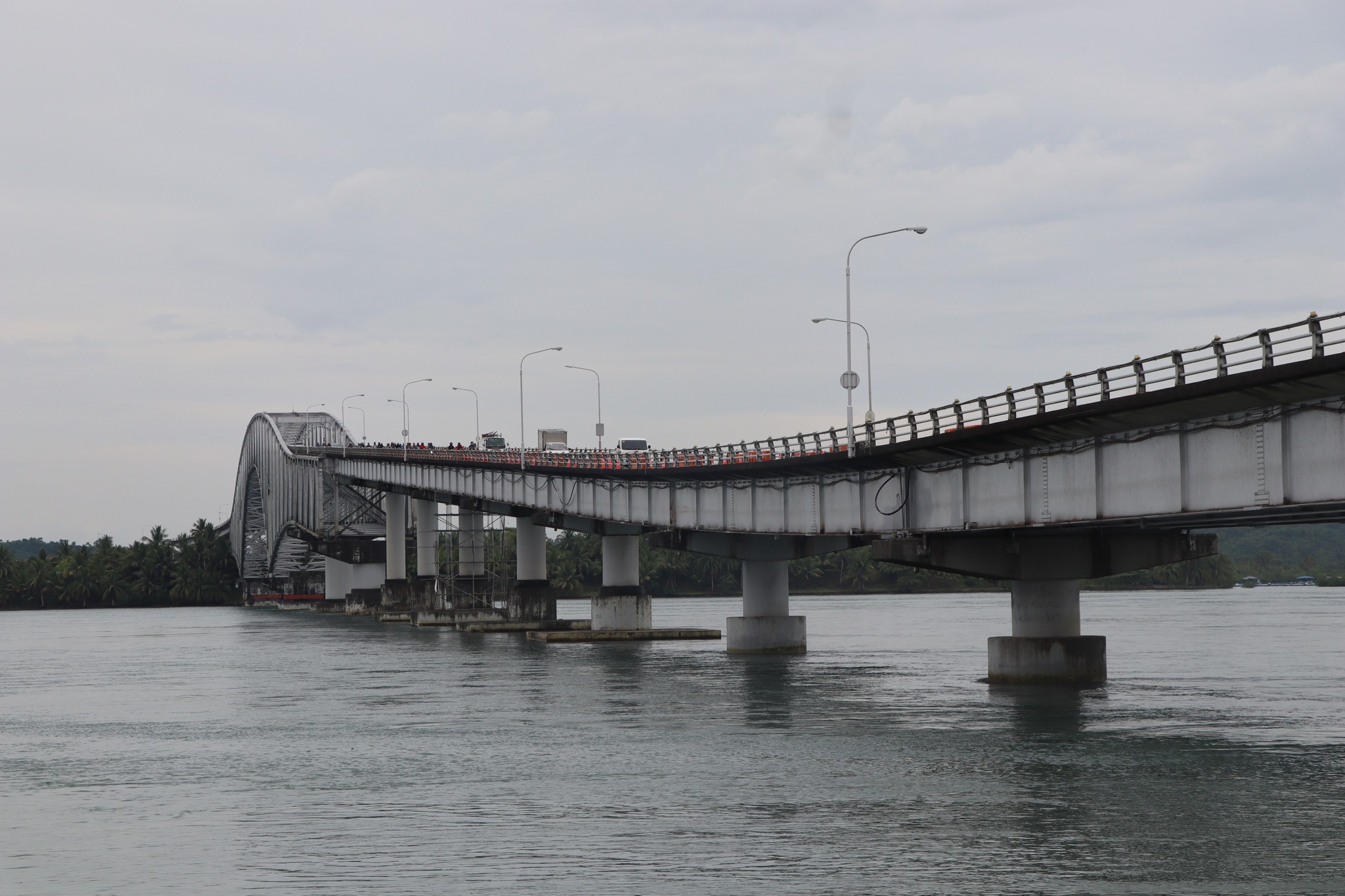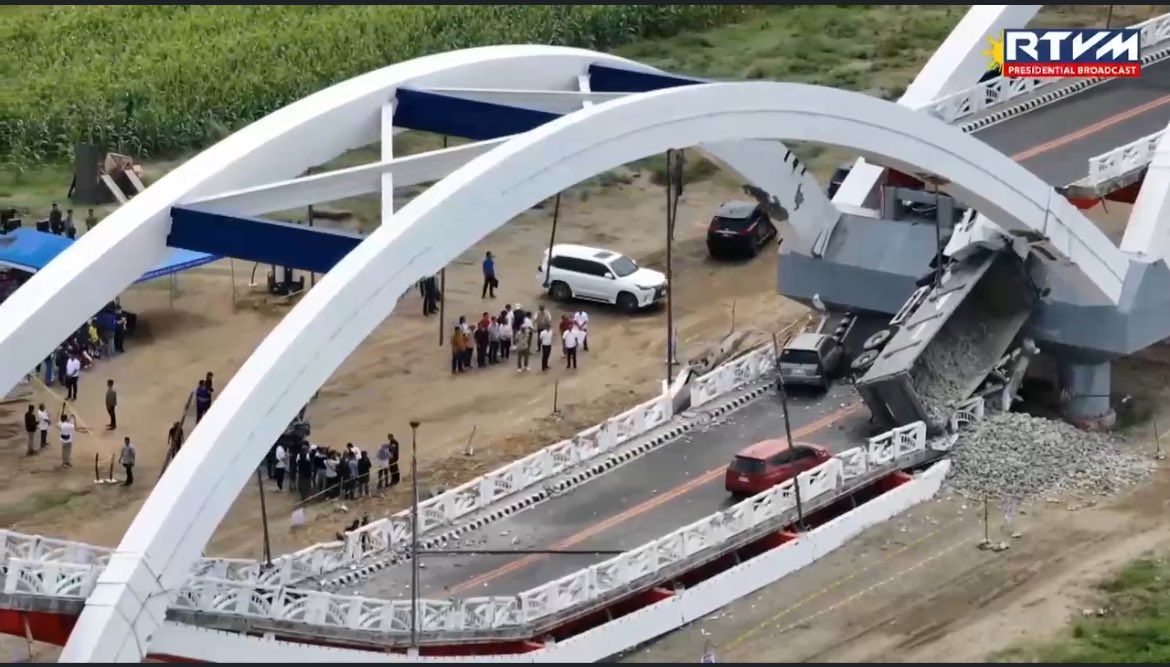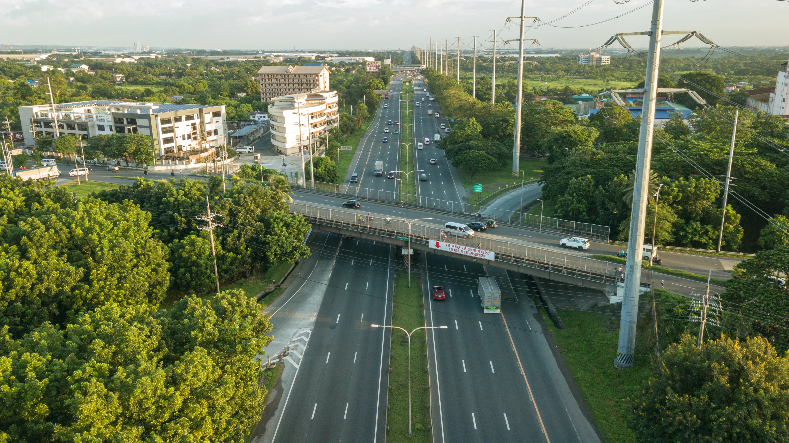
By Dean Aubrey Caratiquet
In his speech at the fourth State of the Nation Address (SONA) held at Batasang Pambansa, Quezon City, this Monday; President Ferdinand R. Marcos Jr. vowed to continue the administration’s flagship “Build Better More” program that has ushered in an “infrastructure renaissance” across the country.
The President cited roads, bridges, railways, airports, seaports, irrigation, and housing projects as the core components of his infrastructure campaign, which he hopes will help the Philippines to realize a better future.
President Marcos declared in his speech, “Nagpupundar po kasi tayo para sa kinabukasan. We are not building only for today, we’re also building for tomorrow.”
The Chief Executive likewise discussed the administration’s progress on key railway projects and improving the services of Light Rail Transit Lines 1 and 2 (LRT-1 and LRT-2) and Metro Rail Transit Line 3 (MRT-3).
He took note of the significant uptick in the discount rates granted to Persons with Disability (PWDs), senior citizens, and students patronizing Metro Manila’s rail lines, which rose from 20% to 50%.
President Marcos also cited the 1+3 Pamilya Pass promo that he introduced on June 1, which he cites as beneficial in incentivizing families to spend quality time, whether for leisure or attending masses.
He however lamented the significant period of time that has passed since the Dalian trains were purchased in 2014, which were left by the previous administrations to gather dust instead of serving the riding public.
President Marcos said, “Halos singkwentang dagdag na karwahe ang natengga ng sampung taon. Sayang ‘yong pera. Sayang ‘yong isang buong dekada.”
The President added, “Pero ngayon, naayos na natin. Ang tatlong bagon ay nagagamit na ngayon. Asahan ninyo, ang ilan sa apatnapu’t lima ay magagamit na rin natin bago matapos ang taong ito; at ang iba pa ay susunod sa susunod na mga taon.”
The Chief Executive also announced that the government is hard at work in restoring the Binahan Bridge and track sections of the Philippine National Railways (PNR) Bicol Line that were damaged by Severe Tropical Storm Kristine in 2024, which he expects to reduce travel times and relieve traffic congestion in Quezon Province and the Bicol Region.

Building, repairing, and upgrading bridges
President Marcos emphasized the government’s focus on bridges, which serve as vital infrastructures that link communities and expand the roadway network across the archipelago.
He began by announcing the upcoming construction of the Bataan-Cavite Interlink Bridge, which would link the two provinces and provide an alternative route for travelers.
President Marcos said, “Bago matapos ang taon, magsisimula na ang Bataan-Cavite Interlink Bridge. Ang tulay na ito ay tatlumpu’t dalawang kilometro ang haba, na tumatawid ng Manila Bay.”
The President explained the project’s benefits, “Kung ang biyahe ngayon mula Mariveles hanggang Naic ay umaabot ng limang oras, balang araw ito ay magiging apatnapu’t limang minuto na lamang.”
The Chief Executive also announced the completion of the Nalil-Sikkiat Bridge, which is one of the three major bridges that link the islands of Tawi-tawi. He expects Malassa-Lupa Pula Bridge to also be completed, as the Tongsinah–Paniongan Bridge began civil works last month.

President Marcos also emphasized the urgency of repairing the Guadalupe Bridge, which links the cities of Makati and Mandaluyong in Metro Manila, citing public safety concerns.
The President said, “Hindi po isasara ang Guadalupe Bridge. Gagawa muna tayo ng detour bridge sa magkabilang gilid bilang pansamantalang daanan. Kapag nagawa na at nabuksan na ang detour bridge na ito, doon pa lamang sisimulan ang trabaho sa main bridge.”
The Chief Executive likewise noted the importance of hanging bridges that link far-flung communities with towns in various parts of the country, citing their significance in enabling residents, students, and teachers to access government facilities and services.
He then called on the Department of Interior and Local Government (DILG), Department of Public Highways (DPWH) and the Office of the Presidential Adviser on Peace, Reconciliation, and Unity (OPAPRU) to inspect these bridges and make the necessary repairs to keep them in good condition.
The President warned contractors and concerned government agencies, citing the collapse of the Cabagan-Sta. Maria Bridge on February 27: “Sa mga proyekto, hindi natin papayagan at palalampasin ang mga katiwalian sa pangangasiwa. Ang kapalpakan sa pagdisenyo at sa pagkakagawa, ang mababang kalidad at marupok na materyales, ang pagkaantala ng proyekto, at ang kapabayaan sa tamang pagmentina at pagkumpuni.”
President Marcos also took note of the lapses in maintenance that led to the deterioration of the 52-year-old San Juanico Bridge, despite standing the test of time and surviving several storms and tremors, whose ongoing emergency maintenance repairs has caused transportation bottlenecks in the provinces of Samar and Leyte.

Expanding road networks
The President also cited the administration’s progress on building more roads to expand the reach of the country’s road network.
President Marcos expects the completion of South Luzon Expressway (SLEX) Toll Road 4, the segment which links Sto. Tomas, Batangas and Tiaong, Quezon, by 2026, which would reduce the travel time between both towns from four hours down to an hour.
The Chief Executive said, “Higit sa lahat, kung may Luzon Spine Expressway Network program, mayroon din naman tayong Mindanao Transport Connectivity Improvement Project.”
The President announced the administration’s roadway project in Mindanao, “Sa proyektong ito, aayusin natin ang mga pangunahing daan na nag-uugnay sa Cagayan de Oro, sa Davao, General Santos, na may haba na apat na raan at dalawampu’t walong kilometro.”
He also teased the return of the “Love Bus,” a popular fixture of Metro Manila’s public transportation in the 1970s, promising that it would be free for all commuters.
President Marcos likewise noted that pilot testing of this program is already underway in Davao and Cebu, with further plans to expand to other metropolitan areas across the archipelago.
jpv
